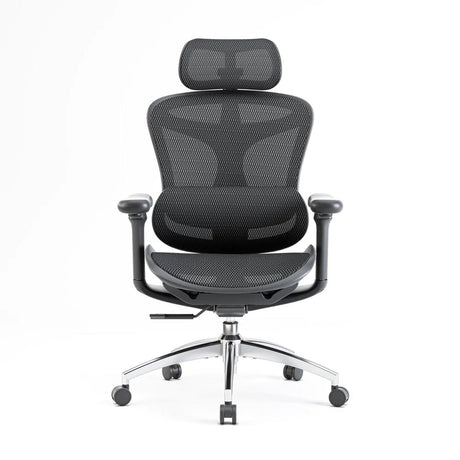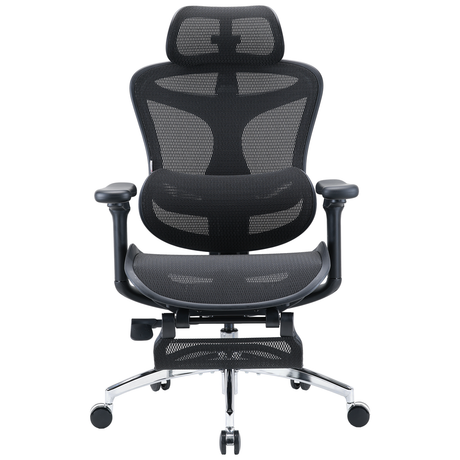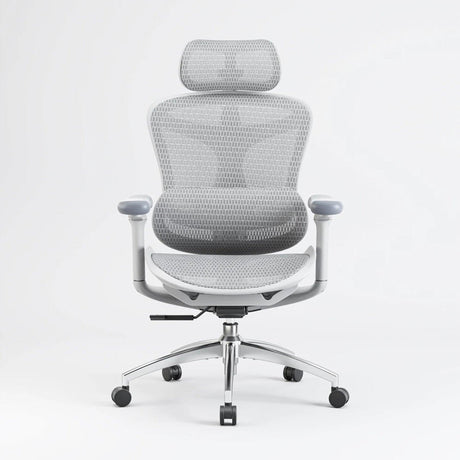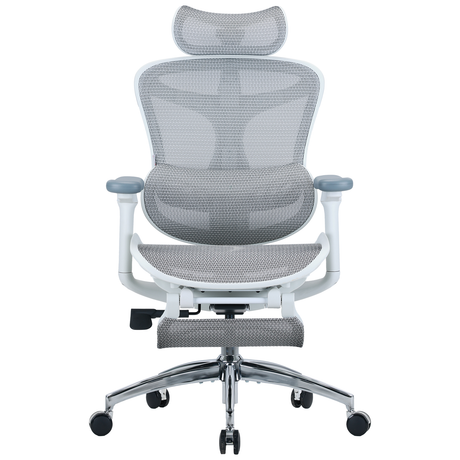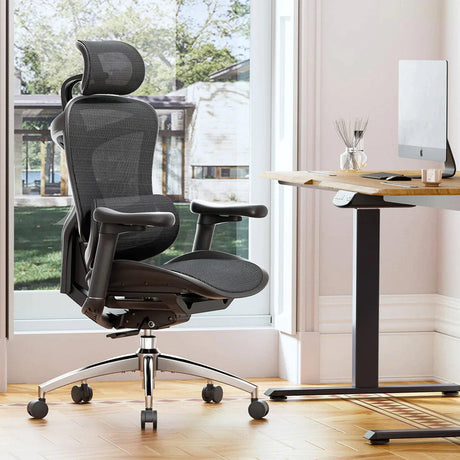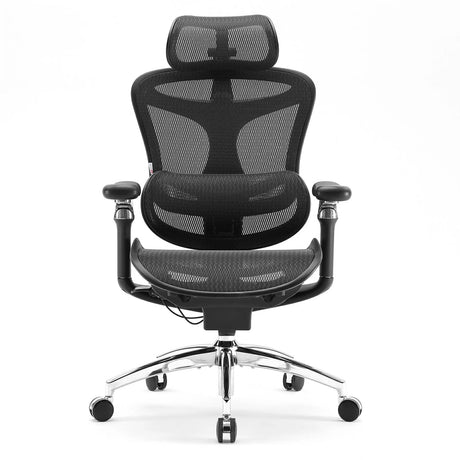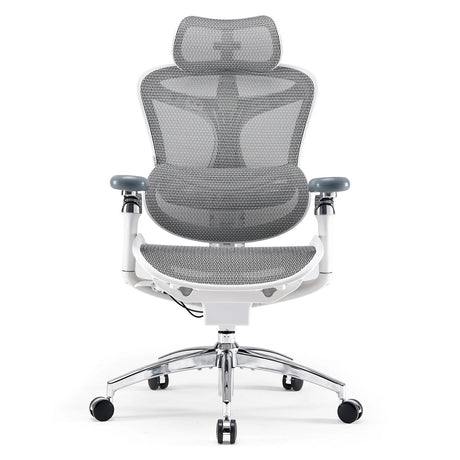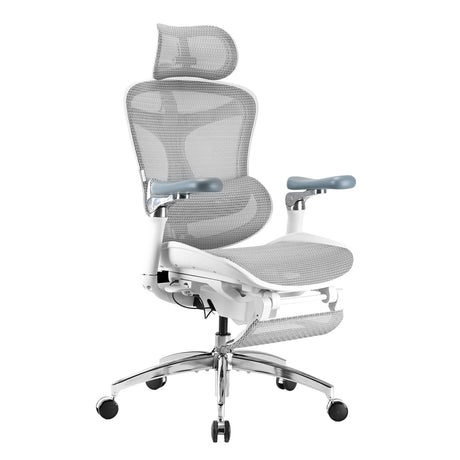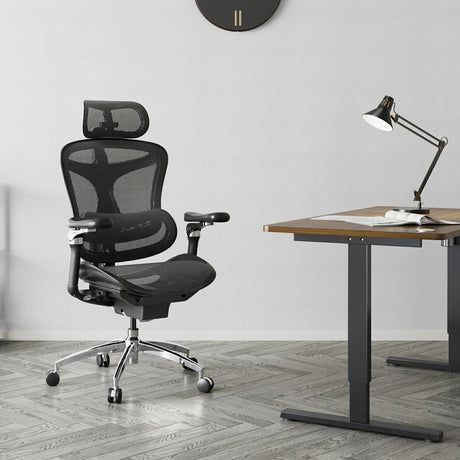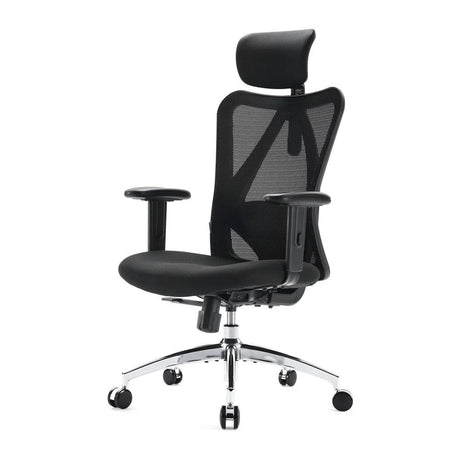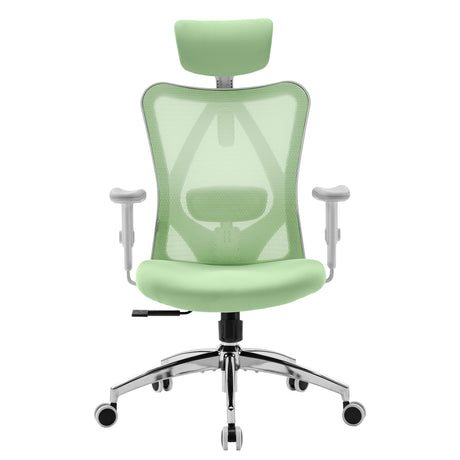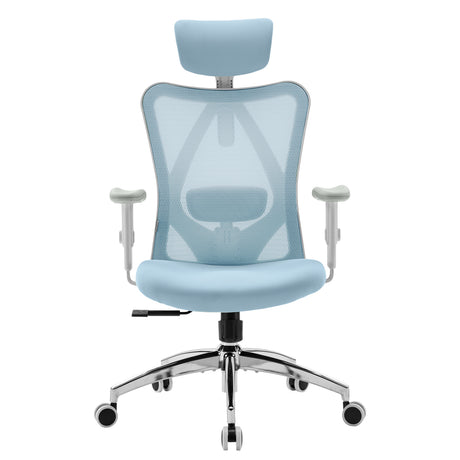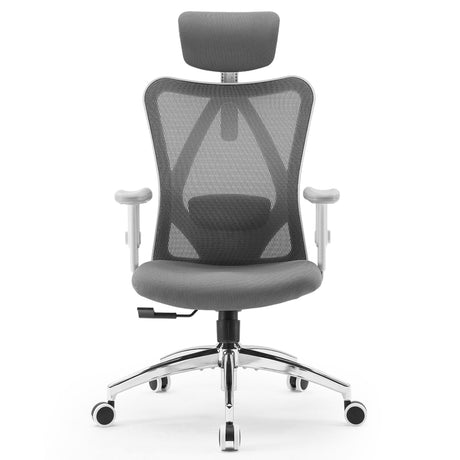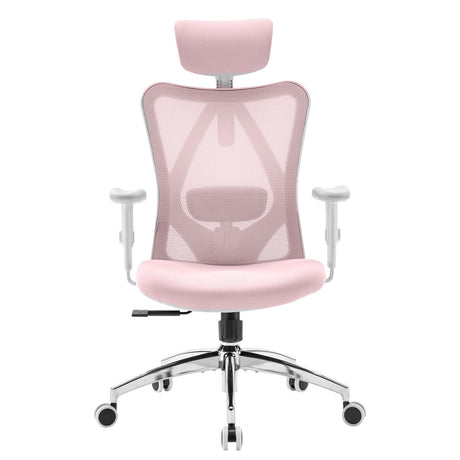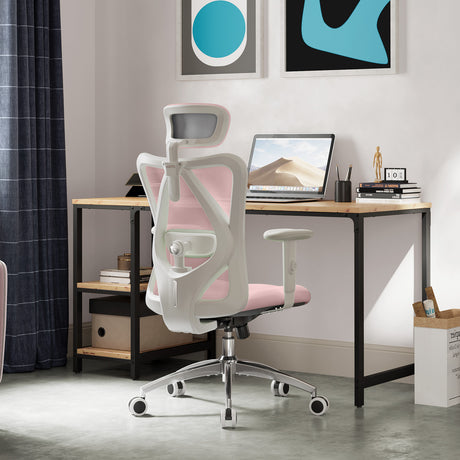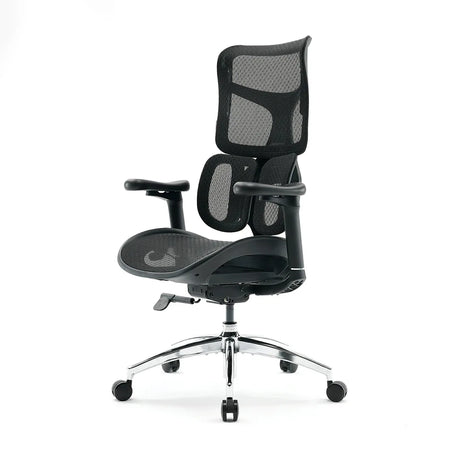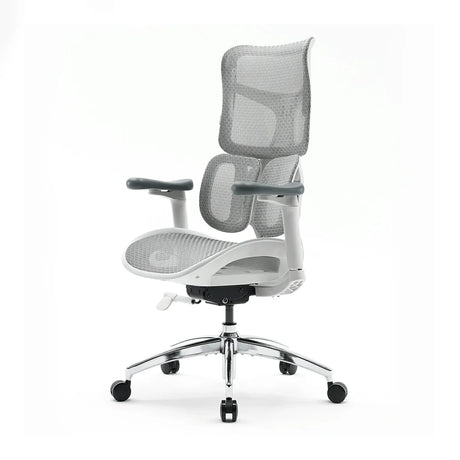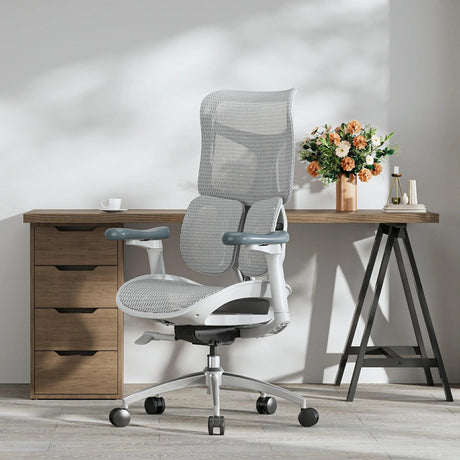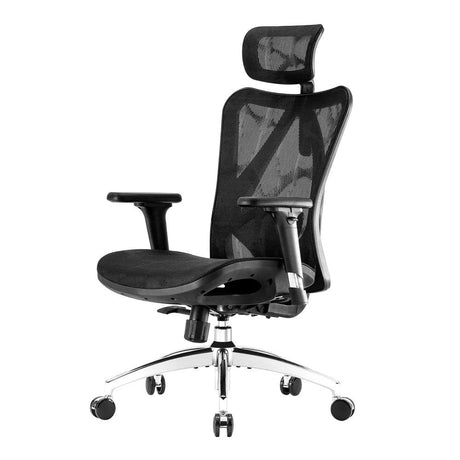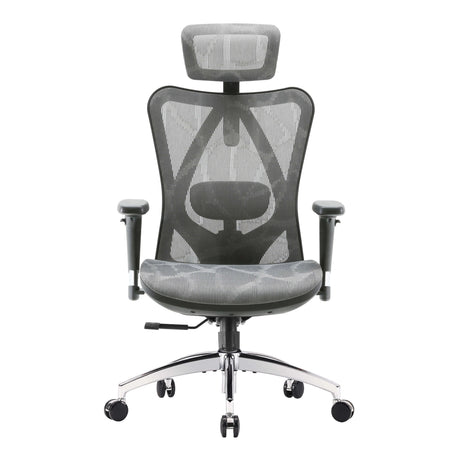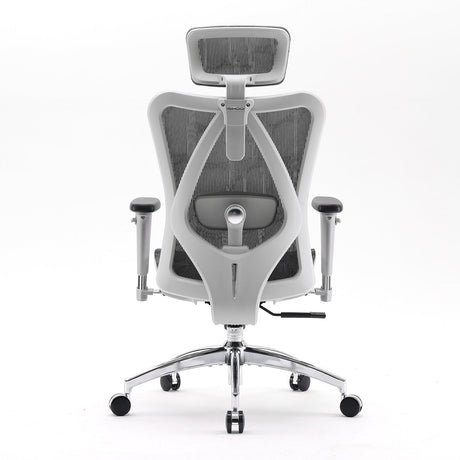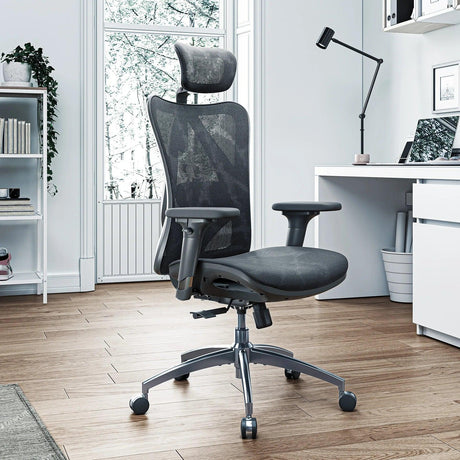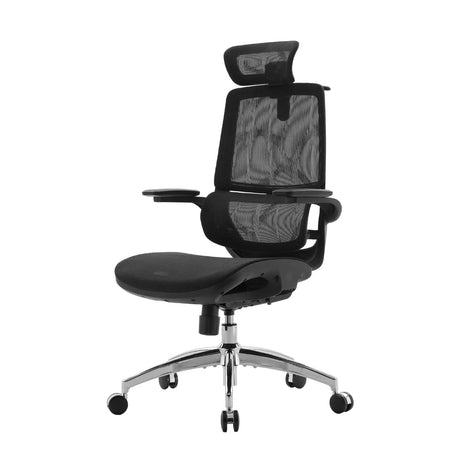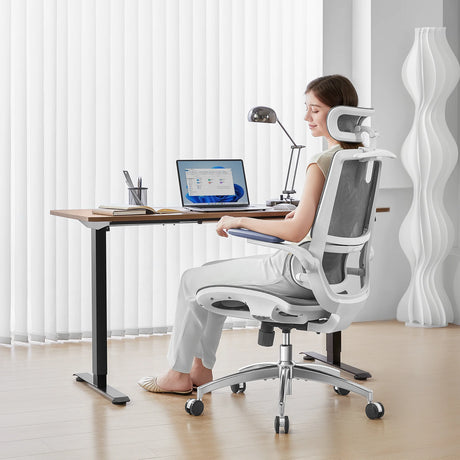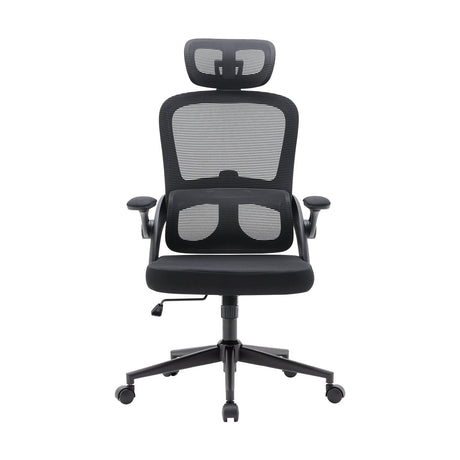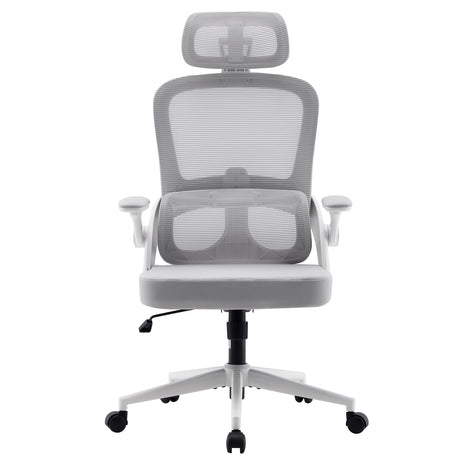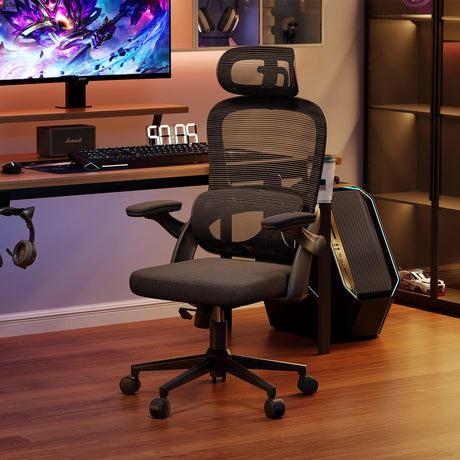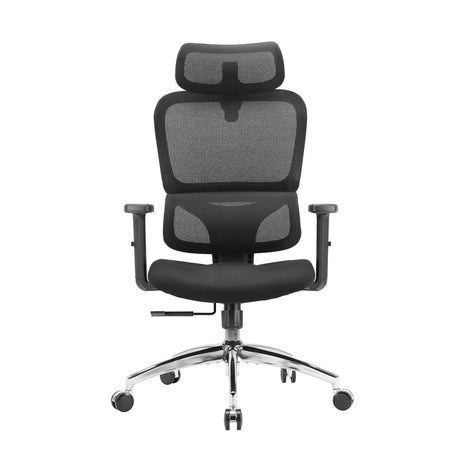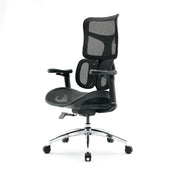If you’ve ever finished a long workday and realized you barely moved from your chair, you’re not alone. Millions of office workers, students, and remote professionals spend the majority of their day sitting in front of screens — often unaware of how this sedentary lifestyle affects their health. Prolonged sitting has been linked to a range of problems including back pain, obesity, cardiovascular disease, and even mental fatigue.
That’s where the 20-8-2 rule comes in.
This simple, evidence-based strategy has become a powerful guideline for managing sedentary behavior and promoting movement throughout the day. It’s particularly relevant in today’s work-from-home and hybrid work era, where ergonomic awareness has become essential to both comfort and productivity.
But what exactly is the 20-8-2 rule, and how can it transform the way you work?
Let’s dive deep into the science, benefits, and practical applications of this rule — and how you can use it to improve your health, energy, and focus every single day.
Understanding the 20-8-2 Rule
The 20-8-2 rule is an ergonomic guideline developed by researchers to reduce the health risks associated with prolonged sitting. It suggests dividing each 30-minute period of your workday as follows:
- 20 minutes sitting
- 8 minutes standing
- 2 minutes moving
This balance encourages frequent posture changes and light activity, preventing stiffness and promoting circulation. It’s a manageable and sustainable approach that doesn’t require major lifestyle changes — just mindful adjustments throughout your day.
Where Did the 20-8-2 Rule Come From?
The rule was popularized by researchers at the University of Waterloo, led by Dr. Jack Callaghan, a professor of kinesiology specializing in spine biomechanics. Their findings were supported by the Canadian Centre for Occupational Health and Safety (CCOHS), which recognized the 20-8-2 rule as an effective strategy for office ergonomics.
Their studies showed that alternating between sitting, standing, and moving throughout the day can help reduce musculoskeletal strain, improve comfort, and support long-term spinal health. The rule is not about eliminating sitting — it’s about balancing it with active behaviors that keep your body engaged.
Why Sitting Too Long Is a Problem
Before we explore how the 20-8-2 rule helps, it’s worth understanding why sitting for long periods is so harmful.
1. Musculoskeletal Strain
When you sit for hours, especially with poor posture, your spine, shoulders, and hips bear unnatural pressure. Over time, this can lead to lower back pain, neck stiffness, and shoulder tension. Static postures also weaken the muscles that support your spine.
2. Reduced Circulation
Sitting slows down blood flow, particularly in your legs. This can cause swelling, varicose veins, and increase the risk of deep vein thrombosis (DVT) for those who remain seated too long without movement.
3. Metabolic Decline
Research shows that prolonged sitting reduces the body’s ability to regulate blood sugar and fat metabolism, contributing to obesity, type 2 diabetes, and cardiovascular issues.
4. Decreased Energy and Focus
A sedentary position for extended periods can make you feel sluggish. Without movement, oxygen flow and brain activity decrease, leading to fatigue and reduced productivity.
5. Postural Fatigue and Discomfort
Even if you have an ergonomic chair, sitting still for too long is not ideal. The human body is designed for movement. Static postures — sitting or standing — create fatigue, which affects comfort and performance.
The Science Behind the 20-8-2 Rule
The 20-8-2 rule isn’t just a catchy formula — it’s backed by biomechanics and occupational health research. Here’s why it works:
1. Dynamic Posture Variation
Alternating between sitting and standing helps keep your spine discs hydrated, prevents muscle stiffness, and supports healthy joint movement. It’s a form of “active rest,” allowing different muscle groups to engage and relax.
2. Increased Caloric Expenditure
Standing and light movement burn more calories than sitting. While the difference per minute may be small, over time, it contributes to better weight management and overall metabolic health.
3. Improved Circulation and Oxygen Flow
Standing and moving improve blood flow and oxygen delivery, especially to the brain. This results in better focus, mood regulation, and cognitive performance throughout the day.
4. Reduced Discomfort and Pain
Regular posture changes relieve pressure points, particularly in the lower back, shoulders, and hips. For individuals with chronic pain, the 20-8-2 rule can significantly reduce discomfort.
5. Enhanced Productivity
Movement increases alertness and mental clarity. Employees following the 20-8-2 rule often report feeling more energized and focused, which leads to improved work efficiency and creativity.
How to Apply the 20-8-2 Rule in Daily Life
Implementing the 20-8-2 rule doesn’t require complicated tools or drastic changes. Here’s how you can make it part of your everyday routine.
1. Start with Awareness
Set a timer or reminder every 30 minutes. Apps like Stretchly, Stand Up!, or even your smartwatch can prompt you to switch postures regularly.
2. Optimize Your Workspace
If possible, use an adjustable standing desk. It allows you to alternate between sitting and standing smoothly without interrupting your work.
You can also use an ergonomic chair designed for proper spinal support, such as those with dynamic lumbar systems or adjustable seat depth, to ensure comfort during your sitting periods.
3. Incorporate Micro-Movements
When it’s time for the “2 minutes of movement,” you don’t need a full workout. Simple activities like these make a big difference:
- Stretch your arms and shoulders
- Walk to refill your water bottle
- Roll your shoulders and wrists
- Do light squats or calf raises
- Step away from your desk and move around
4. Listen to Your Body
The 20-8-2 rule is a guideline — not a rigid law. Adjust it according to your energy levels and tasks. If you’re in a creative flow, you can extend a sitting period slightly, but compensate later with longer movement breaks.
5. Combine with Good Posture Habits
The benefits of the rule multiply when combined with:
- Proper chair height and lumbar alignment
- Feet flat on the floor or on a footrest
- Elbows at 90° when typing
- Screen at eye level to prevent neck strain
6. Encourage Team Adoption
If you work in an office, share this method with colleagues. Group reminders or “movement breaks” can build a more active, wellness-focused work culture.
The 20-8-2 Rule and Ergonomic Furniture
Following this rule becomes even easier when your workspace supports flexibility. Let’s explore how ergonomic furniture complements the principle.
Ergonomic Chairs
A well-designed ergonomic chair allows for:
- Adjustable seat depth and height
- Dynamic lumbar support that moves with your back
- Breathable materials for comfort during long sitting sessions
- Smooth recline mechanisms to promote micro-movements
Such features make the 20 minutes of sitting more supportive and less fatiguing.
Standing Desks
Height-adjustable standing desks are ideal for the 8-minute standing interval. They let you:
- Switch positions quickly
- Maintain a comfortable arm and monitor height
- Use anti-fatigue mats to reduce leg strain
When combined with ergonomic chairs, they make the 20-8-2 cycle effortless and natural.
Common Mistakes to Avoid
Even though the rule is simple, some people struggle with consistency or misuse it. Here are common pitfalls to avoid:
- Standing Too Long – Prolonged standing can also cause fatigue and circulation issues. Balance is key.
- Ignoring Movement – The 2 minutes of activity are essential. Don’t skip them, even if it feels minor.
- Poor Standing Posture – Keep your knees slightly bent and avoid locking joints when standing.
- Inconsistent Timing – Set consistent reminders so your body adapts to the rhythm.
- Improper Desk Setup – Ensure your monitor and keyboard positions support neutral posture both sitting and standing.
Benefits of the 20-8-2 Rule
Let’s summarize the broad range of benefits you can expect from adopting this rule:
Physical Health
- Reduces back, neck, and shoulder pain
- Promotes muscle balance and posture alignment
- Lowers risk of obesity and cardiovascular disease
Mental Health
- Increases alertness and focus
- Reduces stress and mental fatigue
- Improves mood through physical activation
Productivity
- Enhances creativity and problem-solving
- Decreases afternoon energy slumps
- Supports sustainable work performance
Long-Term Wellbeing
- Encourages active living habits
- Prevents chronic musculoskeletal issues
- Boosts longevity and quality of life
Real-World Applications
The 20-8-2 rule can be applied in various environments:
1. Office Work
Encourage corporate wellness programs to include standing desks, ergonomic assessments, and reminders for posture change.
2. Remote Work
For home offices, pair a compact standing desk with an ergonomic chair. Use household items for reminders, like setting an alarm on your phone.
3. Education
Students can benefit from posture variation during long study sessions. Schools can promote standing desks or movement breaks between classes.
4. Healthcare and Rehabilitation
For individuals recovering from back injuries, following the 20-8-2 rhythm can aid in gentle reconditioning of muscles and joints.
Combining the 20-8-2 Rule with Other Ergonomic Practices
For maximum effectiveness, combine this rule with the 20-20-20 eye rule, which recommends looking at something 20 feet away for 20 seconds every 20 minutes to reduce digital eye strain.
You can also:
- Adjust lighting to minimize glare
- Use an external keyboard and mouse for proper arm alignment
- Incorporate gentle stretching or yoga breaks
This holistic approach enhances not only posture but also visual comfort and overall wellbeing.
FAQs About the 20-8-2 Rule
1. Can I use a different ratio, like 30-10-5?
Yes. The 20-8-2 rule is a starting guideline. Depending on your comfort, job type, and physical condition, you can adjust intervals. The main goal is movement variety.
2. Does this rule apply to everyone?
It’s suitable for most adults who work at desks. However, individuals with specific medical conditions should consult a healthcare provider before changing activity levels.
3. Is standing for 8 minutes enough?
Yes, when combined with sitting and short movements, it promotes circulation and prevents stiffness. Remember, quality posture is more important than duration alone.
4. What kind of movement counts for the “2 minutes”?
Any light activity — walking, stretching, pacing, or even gentle yoga — counts. The key is to break static posture and get your muscles working.
5. Will following this rule make me more productive?
Many users report improved energy, concentration, and reduced fatigue after adopting the rule. Movement increases blood flow to the brain, which boosts focus and creativity.
6. Can I use this rule if I don’t have a standing desk?
Absolutely. You can still stand to take calls, do quick stretches, or walk around your space. The goal is frequent posture change, not specific equipment.
7. How do I maintain the habit long-term?
Start small. Use apps or reminders for the first few weeks. Once your body adapts, the routine becomes natural. You’ll begin to crave movement instinctively.
Final Thoughts: Small Changes, Big Results
The 20-8-2 rule is more than a workplace trend — it’s a sustainable, science-backed approach to modern health. In a world where sitting dominates our professional and personal lives, this rule brings back balance through mindful movement.
By integrating short standing and movement intervals into your workday, you can:
- Reduce pain and fatigue
- Enhance productivity
- Support long-term health
The best part? You don’t need a gym membership or complicated equipment — just awareness, consistency, and a willingness to move.
So next time you sit down to work, remember: 20 minutes sitting, 8 minutes standing, 2 minutes moving.
Your body — and your future self — will thank you.
Key Takeaway
The 20-8-2 rule is a simple yet powerful reminder that movement is medicine. Whether you’re in a corporate office or a home workspace, it’s your best defense against the health risks of prolonged sitting — and a path toward better comfort, focus, and vitality every day.


